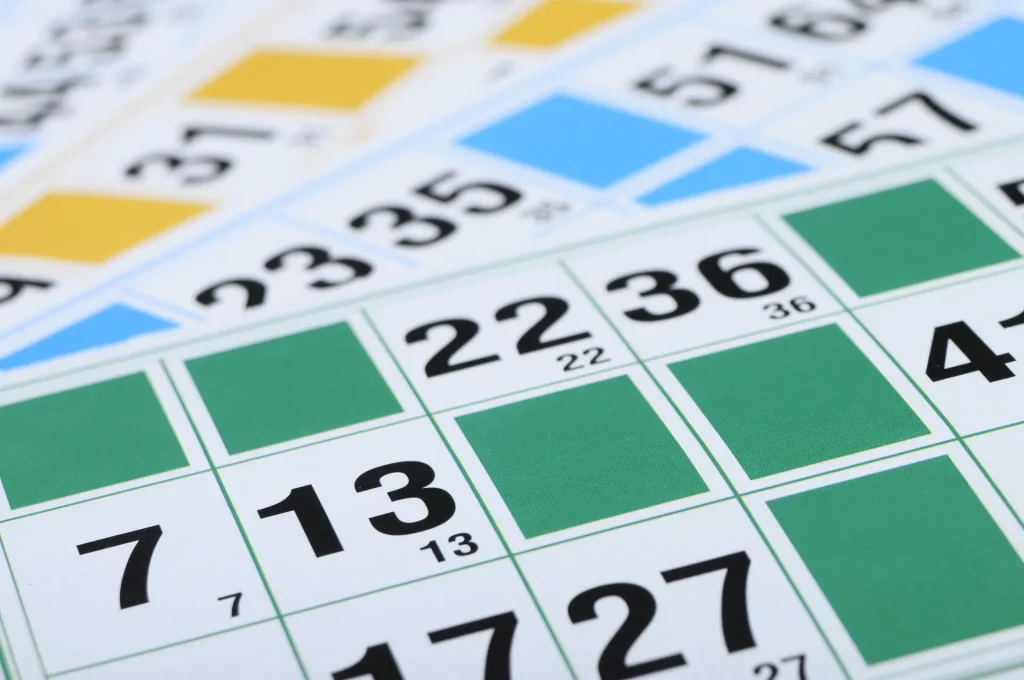It may have been invented by the Italians back in the 1500s, but more recently, bingo has really taken off. By recently, we mean the last 60 or so years. After the rise of bingo halls came the rise of the internet and a whole new world of online gaming. The industry is now worth billions of pounds, with millions of people playing worldwide every day. Although you can now play at any time of day you like, for as much or as little as you like, let’s take a look back at how the game has evolved and how it began.

Pre-1950s
Commercial bingo was actually illegal in the 1930s and ‘40s, however, during the First World War, it was a game that was actively encouraged to increase morale. It was seen as a distraction from trench life and very much resembles the game we play today. It was played under a different name: known as ‘Tombola’ in the Navy and ‘House’ or ‘Housey’ in the Army, and there were prizes for the winner – usually food or money. Once the men returned from war, the game was then played at home with their families, or taken to working men’s clubs.
1950s
The 1950s saw the rise of the ‘Great British holiday’ with families flocking to resorts such as Butlins and Pontins, where bingo regularly featured in the evenings, in terms of entertainment. After all, it’s easy to pick-up and fun to play. However, due to the anti-gambling legislations, the games were run for charity. Similarly, games were often played in places such as churches and working men’s clubs to raise money to support charity or local projects.
1960s and 1970s
1960 saw the Betting & Gaming Act changed, which allowed commercial bingo to be played in clubs and bingo halls. The decline in cinema and theatre-goers saw those buildings being converted into bingo halls, and the first commercial bingo hall opened in January 1961. By 1963, the industry boasted over 14 million members and this was the start of the bingo hey-day. The halls were a great way for friends to meet in the evenings, with refreshments and live entertainment also on offer – but of course, the biggest lure was the chance of winning the big jackpot. At the height of its popularity in the mid-1970s, there were close to 2,000 bingo halls in the UK – but at this point, it was very much for the working classes.
1980s and 1990s
The 1980s and 1990s saw a bit of a dip in the market, with so much competition in other forms of gaming and entertainment. Despite being established as a popular pastime and seeing the first purpose-built bingo hall opened, the actual number of venues fell – largely due to the bigger/more dominant companies putting their smaller counterparts out of business. By the end of the 1990s, bingo halls fell to less than 700 (more than half of what there were in its peak); however, attendances and profits were still consistent and even on the rise. The ‘90s also saw the launch of online bingo through a free game called ‘Bingo Zone’ in 1996; this was closely followed by ‘Bingo Blitz’ in 1998.
2000s-present
Although by this point, bingo halls were less prevalent, like in the previous decade, they weren’t any less profitable. The 2000s saw a rise in online bingo, due to a number of factors. Firstly, the 2007 smoking ban saw a decrease in people going to bingo halls; and secondly, the ease of learning/playing and the low stakes involved made bingo perfectly adaptable to an online format. Unlike bingo halls that have a stereotypical demographic, the online environment is so different and much more varied. The rise of online bingo has given the old pastime a lease of life and opened it out to a younger audience. The advances in software and technology mean the game is surely only ever going to evolve and continue to be successful – and who knows how or what it will be like in the decades to come.